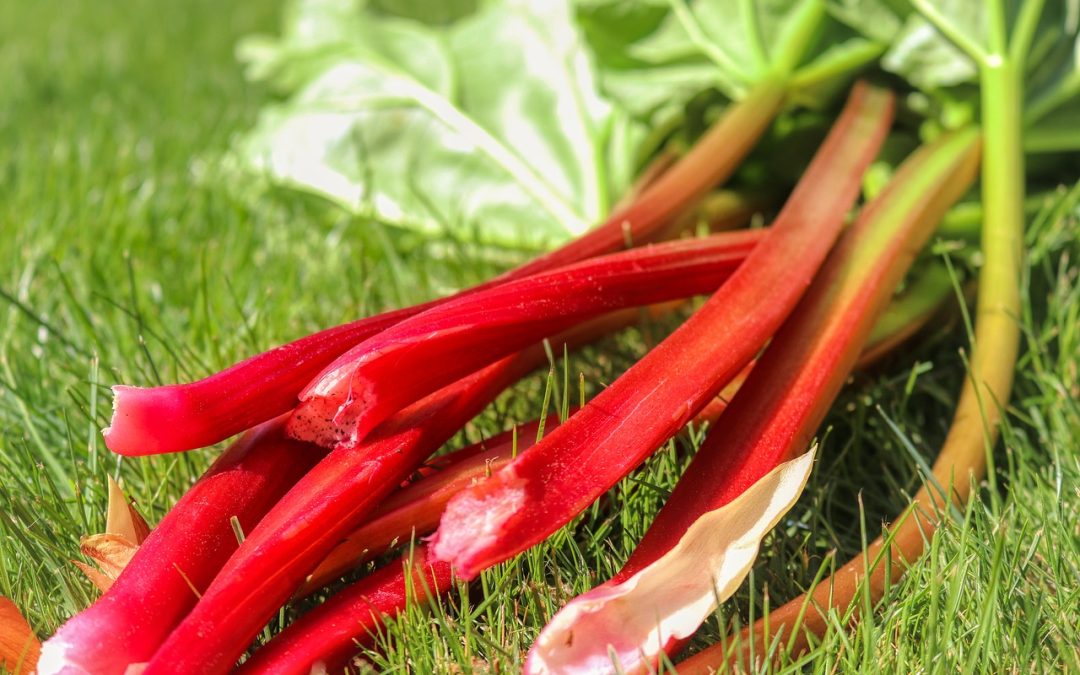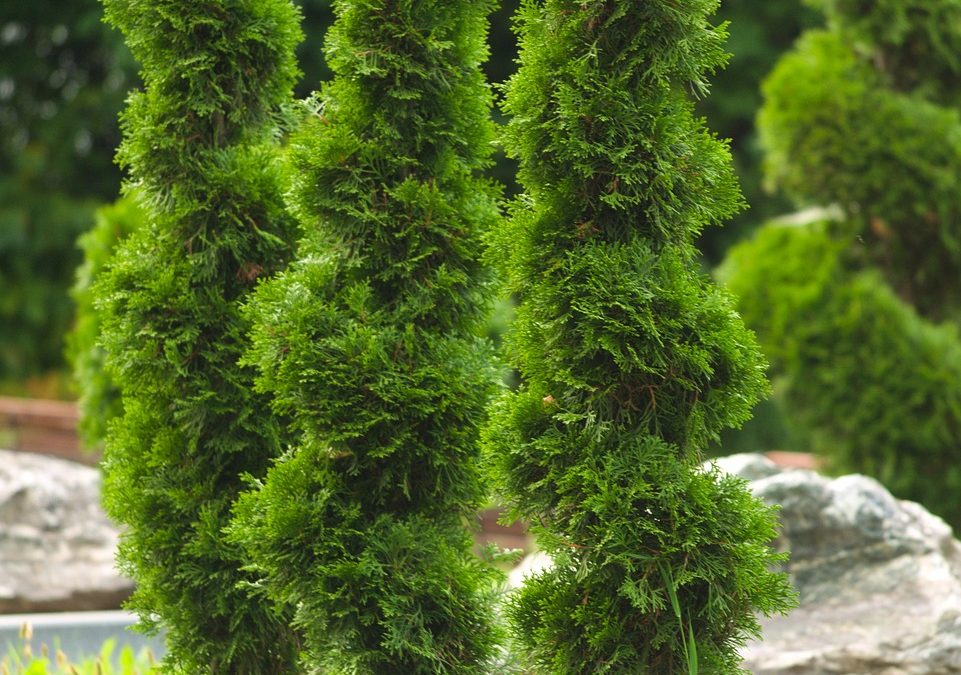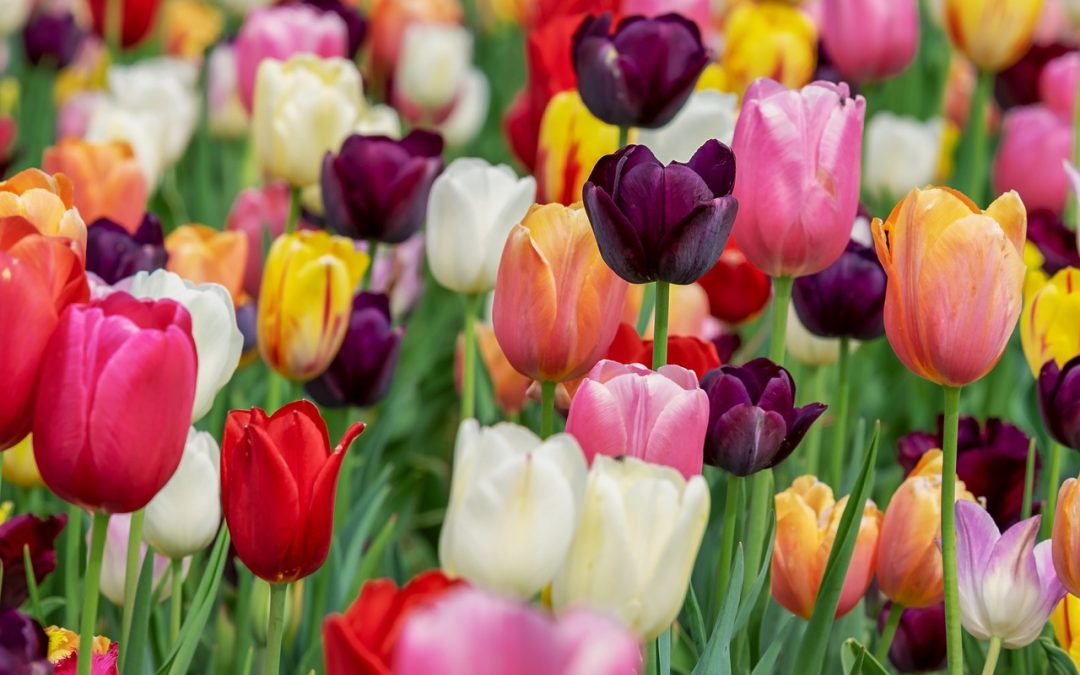
The Annabelle Hydrangea is renowned for its spectacular large, round, white flowers that bloom profusely from early summer to fall. Starting to bud in late May, this shrub can produce flower heads measuring up to 12 inches in diameter, creating a stunning visual impact. It is extremely hardy and can recover from severe pruning, making it ideal for colder climates like Wisconsin. Annabelle is perfect for mass plantings or as a standout specimen in a shady garden spot, providing a lush, soft texture to the landscape.

The May Night Salvia is celebrated for its stunning deep indigo blooms that make a bold statement in any garden from late spring to early summer. This perennial is particularly valued for its drought resistance once established and its ability to attract beneficial pollinators like bees and butterflies. A second bloom can be encouraged in the fall with proper deadheading, making it a versatile and vibrant addition to perennial borders or as a striking container plant. Its aromatic foliage also adds a sensory appeal, making it a favorite among gardeners looking to combine beauty with functionality.

Rhubarb is a perennial vegetable that’s as easy to grow as it is versatile in the kitchen. Planting rhubarb crowns in late April takes advantage of the cool spring weather, ideal for establishing their root systems in Cedarburg’s climate. Rhubarb plants prefer a sunny spot with well-drained soil rich in organic matter. Once established, rhubarb can produce for up to 10 years or more, making it an excellent long-term addition to the garden. Its large, green leaves and red stalks can also add a unique aesthetic to the garden space, though it’s important to remember that only the stalks are edible; the leaves are toxic if consumed.
Rhubarb’s tart flavor makes it a favorite for pies, jams, and even savory dishes, offering a taste of spring that extends far into the summer months. As a low-maintenance crop that requires minimal care once established, rhubarb is perfect for both experienced gardeners and beginners. Providing mulch can help retain moisture and suppress weeds, ensuring your rhubarb thrives. Featuring rhubarb in April encourages gardeners to explore the joys of growing their own food and highlights the plant’s dual role as both a functional and decorative element in the garden.

Arborvitae, known for their year-round green foliage and easy-going nature, are a staple in landscapes for creating privacy screens, hedges, or even as standalone specimens. These hardy evergreens can thrive in Cedarburg’s climate, adapting well to both the cold winters and the warm summers. Planting arborvitae in April allows them to establish their root systems before the heat of summer sets in, providing an excellent window for gardeners to enhance their landscape. They prefer full to partial sun and can tolerate a range of soil types, provided the soil is well-drained. Arborvitae varieties come in various sizes and shapes, from tall and slender to short and rounded, making them versatile for any garden design or privacy need.
In addition to their aesthetic appeal, arborvitae are also valuable for their low maintenance and durability. Once established, they require minimal care, making them ideal for gardeners looking for long-lasting landscape solutions. Pruning is seldom needed but can be done to shape the plant or control its size. Their dense foliage offers a habitat for birds and provides year-round interest, even in the depths of winter. Featuring arborvitae in April highlights the importance of structural plants in the garden, providing both function and beauty.

Tulips are the quintessence of spring, bringing a vibrant splash of color to gardens in April. With their unmistakable cup-shaped flowers, tulips come in an almost endless variety of colors, sizes, and shapes, making them a versatile choice for any garden design. From the classic single and double early varieties to the elegant lily-flowered and dramatic parrot tulips, there’s a tulip for every taste. Tulips prefer a spot in the garden that gets full to partial sun and requires well-drained soil to thrive. Planting them in the fall allows for a spectacular display come spring, but their bloom in April makes them a perfect spotlight plant, symbolizing renewal and the beauty of the season.
Tulips also have a fascinating history, having sparked a financial frenzy known as “Tulip Mania” in the 17th century, illustrating their timeless appeal and value. In Cedarburg, they provide a stunning visual impact when planted in masses or along borders and can also be cut to create beautiful indoor arrangements, bringing a piece of spring indoors. As they wind down, the foliage should be allowed to die back naturally, nourishing the bulbs for the next year’s growth. Celebrating tulips in April offers gardeners and enthusiasts a chance to revel in the beauty and diversity of one of spring’s most iconic flowers.





